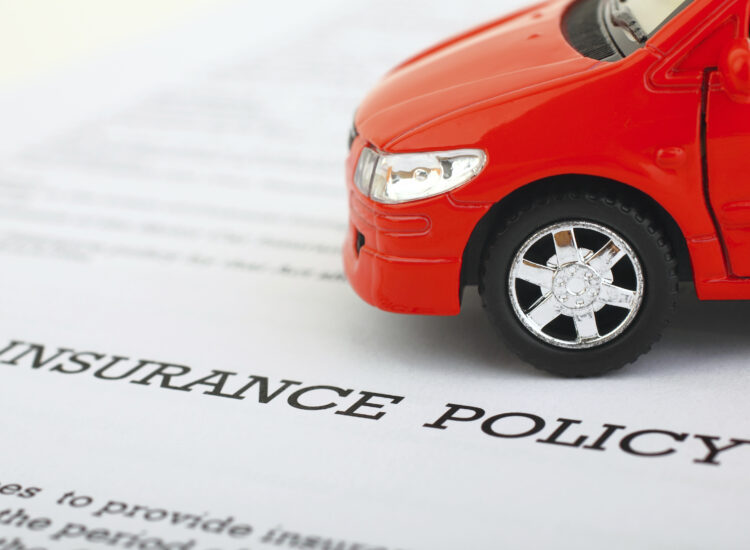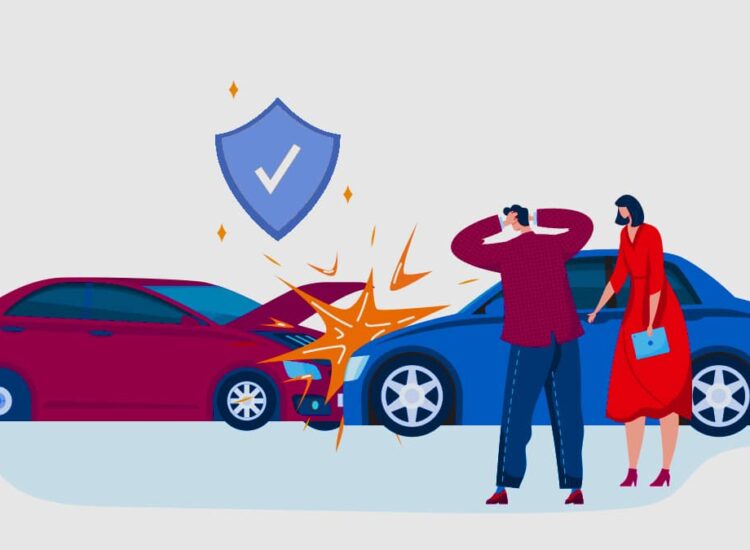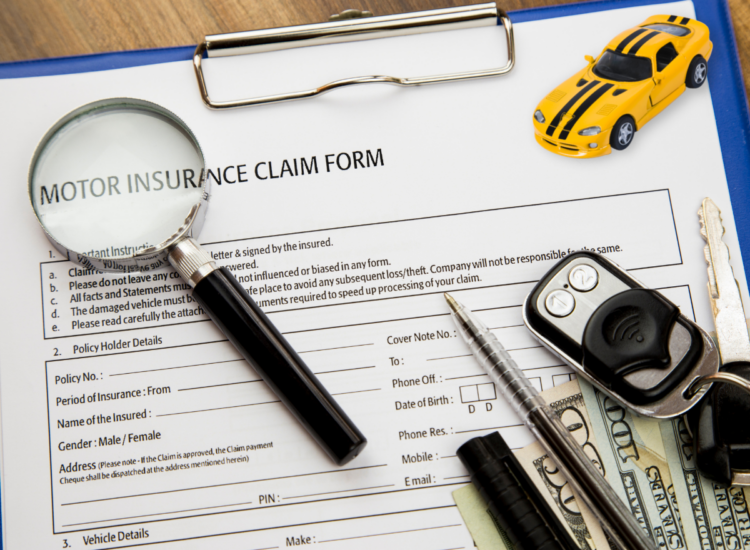Finding cheap car insurance San Antonio can be challenging. Many San Antonio drivers unknowingly overpay for their car insurance. This article provides guidance for current policyholders seeking affordable rates while maintaining adequate coverage. We will examine strategies for lowering premiums, explain various coverage types, and compare local and national insurance providers, including Freeway Insurance San Antonio and Pronto Insurance San Antonio.
Toc
- 1. Comprehending Your Current Coverage
- 2. Strategies for Comparing Rates and Finding Better Deals
- 3. Related articles 01:
- 4. Exploring Optional Coverages and Bundling Opportunities
- 5. Practical Tips for Reducing Your Car Insurance Costs
- 6. Related articles 02:
- 7. Navigating Interactions with Your Insurer
- 8. Emerging Trends in Car Insurance
- 9. Conclusion
Comprehending Your Current Coverage
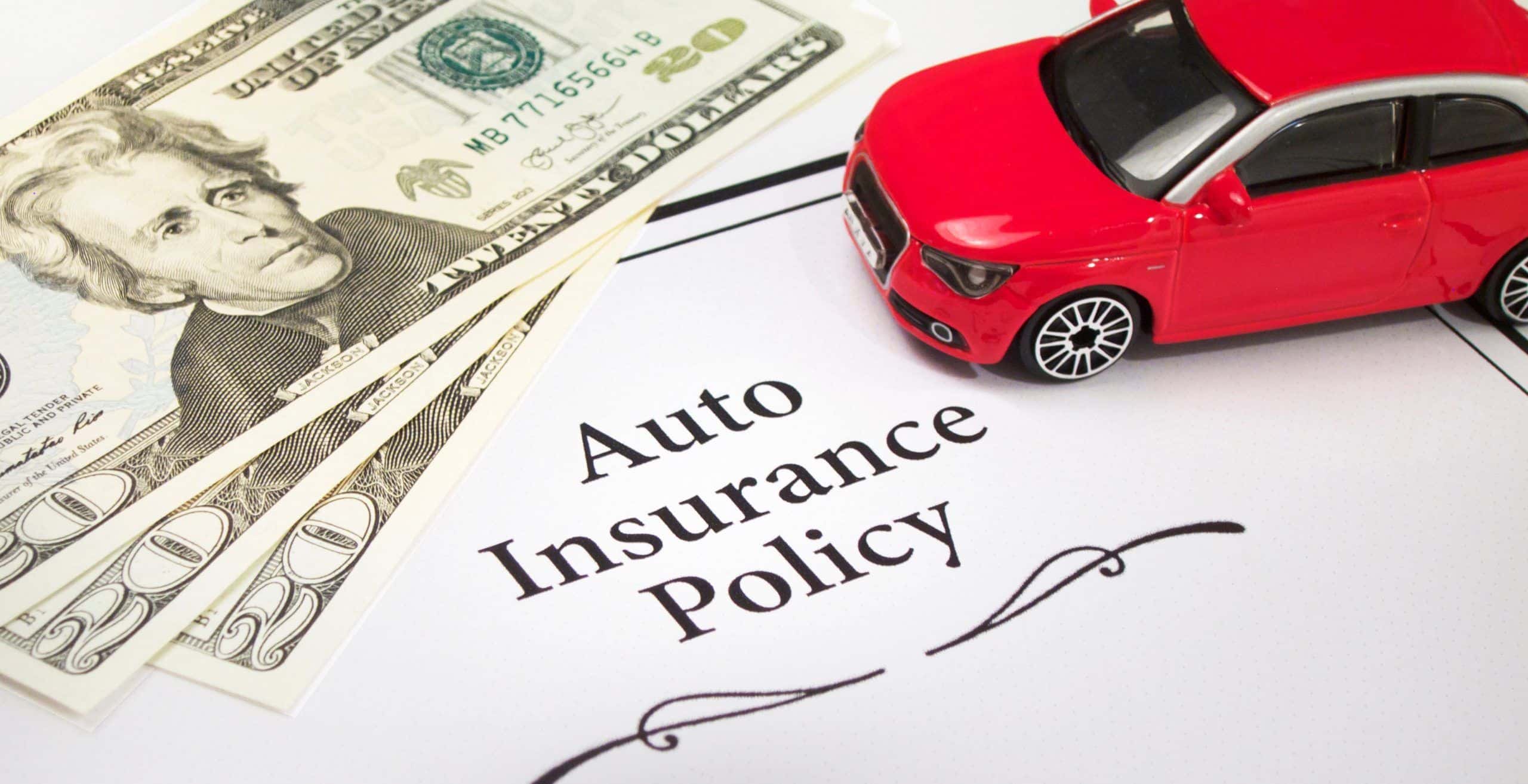
Decoding Types of Coverage
Understanding your current policy is crucial for identifying potential savings. Car insurance typically consists of several coverage types, each serving a specific purpose.
- Liability Coverage: This is the most basic type of coverage required by law in Texas. It pays for damages or injuries you cause to others in an accident. Texas mandates minimums of $30,000 for bodily injury per person, $60,000 per accident, and $25,000 for property damage. This coverage is essential not only for compliance with state law but also for protecting your financial interests in the event of an accident.
- Collision Coverage: This covers damage to your vehicle resulting from a collision, regardless of fault. It is crucial if you drive a newer or more expensive car, as the costs to repair or replace such vehicles can be significant. Collision coverage can save you from hefty out-of-pocket expenses.
- Comprehensive Coverage: This protects against non-collision-related incidents such as theft, vandalism, or natural disasters like hail, which is particularly relevant for San Antonio drivers. Given the unpredictable weather patterns in Texas, this type of coverage can provide peace of mind, ensuring you are not left financially vulnerable in the event of severe weather.
- Uninsured/Underinsured Motorist Coverage: This offers protection if you are in an accident with a driver who lacks adequate insurance. In Texas, many drivers do not carry sufficient coverage, making this an essential addition to your policy. This coverage can help cover your medical expenses and property damage if you’re hit by an uninsured driver.
- Personal Injury Protection (PIP): PIP covers medical expenses for you and your passengers, regardless of fault. This coverage can be invaluable in the aftermath of an accident, as it ensures that immediate medical costs are taken care of without the need for lengthy negotiations about fault.
By grasping these coverage types, you can make informed decisions about what you need versus what you might be overpaying for. This understanding is key to effectively managing your insurance costs.
Reviewing Deductibles and Premiums
Another critical aspect of your policy is the deductible, the amount you pay out of pocket before your insurance kicks in. Higher deductibles generally lead to lower premiums, but this means you’ll pay more in the event of a claim. It’s vital to find a balance that suits your financial situation. Review your current deductible and premium rates to see if adjusting them could save you money.
For instance, if you have a high deductible of $1,000, you might enjoy lower monthly payments, but you should be prepared to cover that amount in case of an accident. Conversely, a lower deductible might lead to higher monthly premiums but can save you money if you frequently file claims. Assessing your driving habits and financial situation is essential to determine the right deductible for your needs.
Identifying Coverage Gaps
Regularly reviewing your policy for any gaps in coverage is essential. Are you protected against hailstorms, a common occurrence in San Antonio? Consider adding optional coverages such as roadside assistance or rental car reimbursement, which can be invaluable in emergencies. For example, roadside assistance can help if you get a flat tire or your vehicle breaks down, ensuring that you’re not left stranded.
Additionally, think about your driving habits. If you frequently travel long distances or drive in high-traffic areas, ensuring you have comprehensive coverage can protect you against various risks. Understanding your unique needs as a driver will help you tailor your policy effectively.
Strategies for Comparing Rates and Finding Better Deals
Utilizing Online Comparison Tools
Online comparison tools are a great starting point for evaluating different car insurance options. Websites like Insure.com or NerdWallet allow you to compare quotes from multiple insurers quickly. However, online comparison tools often present only a snapshot of available rates. Insurers may offer discounts not immediately reflected in online quotes, such as those for bundling home and auto insurance, safe driver discounts, or specific organizational memberships. Furthermore, the algorithms used by these tools may not fully capture individual risk profiles, leading to inaccurate comparisons. Always contact insurers directly to obtain personalized quotes.
When using these tools, be sure to enter the same information for each quote to get an accurate comparison. Keep in mind that some insurers may offer discounts that aren’t reflected in the initial quotes, so inquire about any potential savings directly with the provider.
Directly Contacting Insurers
To find the best cheap car insurance in San Antonio, it’s wise to reach out directly to several insurers. This includes local companies like Freeway Insurance San Antonio and Pronto Insurance San Antonio, as well as national options such as Progressive and Nationwide Insurance San Antonio. Request quotes and inquire about any discounts available for safe driving, bundling policies, or being a long-term customer.
When you contact these insurers, prepare a list of questions to ask about their policies, discounts, and coverage options. This proactive approach can help you make a more informed decision about which insurer offers the best value for your specific needs.
Negotiating Your Current Policy
Don’t hesitate to negotiate with your current insurer. If you have a good driving record or have made changes to your policy, such as paying off your vehicle, you may be eligible for a lower rate. Additionally, consider bundling your car insurance with home insurance to unlock further savings. Insurers often reward customers who choose to bundle policies with discounts, which can significantly reduce your overall costs.
1. https://namtienphong.vn/mmoga-find-cheap-car-insurance-in-iowa-a-guide-for-new-residents/
2. https://namtienphong.vn/mmoga-cheap-sr22-car-insurance-find-affordable-coverage-in-kansas/
5. https://namtienphong.vn/mmoga-navigating-cheap-car-insurance-for-students-a-smart-financial-guide/
When negotiating, be prepared to explain why you believe you deserve a lower rate. Mention any positive changes in your driving record, your loyalty to the company, and any competitive quotes you’ve received from other insurers.
Exploring Bundling Opportunities
Bundling your car insurance with home insurance can lead to significant savings. Many insurers offer discounts for bundling policies, which can range from 5% to 25%. For example, if you use Nationwide Insurance San Antonio for both your home and auto coverage, you might find a more affordable rate than if you kept them separate.
Bundling not only saves you money but also simplifies your insurance management. With one insurer handling both policies, you can streamline payments and communication, making it easier to manage your insurance needs.
Exploring Optional Coverages and Bundling Opportunities

Optional Coverages for Enhanced Security
In addition to the required coverages, consider optional coverages that can provide extra peace of mind. Roadside assistance can be a lifesaver if you find yourself stranded. Rental car reimbursement ensures you have transportation while your car is being repaired. Each of these options comes with its own costs, so evaluate your specific needs and budget before adding them.
For example, if you frequently travel for work or enjoy road trips, investing in rental car reimbursement can save you the hassle of being without a vehicle. Similarly, if you live in an area prone to severe weather, comprehensive coverage may be worth the additional cost for the added protection it provides.
Reviewing Discounts and Savings
It’s crucial to actively inquire about discounts available through your insurer. Common discounts include those for safe driving, multi-car policies, or being a member of specific organizations. Don’t assume you’re receiving all the discounts you’re entitled to; asking could save you a considerable amount on your premiums.
Additionally, look into discounts for newer vehicles equipped with advanced safety features. Many insurers offer lower rates for cars with technology designed to prevent accidents, such as automatic braking and lane departure warnings. Be sure to communicate any safety features your vehicle has to your insurer when requesting a quote.
Practical Tips for Reducing Your Car Insurance Costs
Maintaining a Clean Driving Record
One of the most effective ways to keep your premiums low is by maintaining a clean driving record. Accidents and traffic violations can significantly impact your insurance rates. Implementing safe driving practices, such as adhering to speed limits and avoiding distractions, can help you stay accident-free.
Consider taking a defensive driving course to improve your skills and potentially lower your rates. Many insurers offer discounts for completing such courses, which can demonstrate your commitment to safe driving.
The impact of driving infractions on insurance premiums varies significantly by insurer and state. For example, a speeding ticket in Texas might result in a 10-20% increase in premiums for some companies, while others might be more lenient. Serious accidents, such as those involving injuries or property damage exceeding a certain threshold, can lead to substantially higher premiums or even policy cancellation.
Improving Your Credit Score
In many states, including Texas, insurers may consider your credit score when determining rates. A higher credit score often translates to lower premiums. If applicable, consider steps to improve your credit score, such as paying bills on time and reducing credit card balances.
Monitoring your credit score regularly can also help you spot and address any discrepancies that might negatively impact your rates. Taking proactive steps to enhance your credit profile can lead to significant savings on your insurance costs. However, it’s important to note that the use of credit scores in insurance rating is controversial, with some arguing it unfairly penalizes individuals with lower credit scores who may be otherwise responsible drivers.
Choosing the Right Vehicle
The type of car you drive can also affect your insurance rates. Generally, vehicles with high safety ratings and lower theft rates attract lower premiums. Research car models that are known for their affordability in terms of insurance costs before making a purchase.
For instance, sedans often come with lower insurance rates compared to SUVs or sports cars. If you are in the market for a new vehicle, consider how its insurance costs will impact your overall expenses.
1. https://namtienphong.vn/mmoga-find-cheap-car-insurance-in-iowa-a-guide-for-new-residents/
3. https://namtienphong.vn/mmoga-navigating-cheap-car-insurance-for-students-a-smart-financial-guide/
4. https://namtienphong.vn/mmoga-cheap-sr22-car-insurance-find-affordable-coverage-in-kansas/
Adjusting Your Coverage
Reevaluating your coverage limits and deductibles can lead to potential savings. If you drive an older vehicle, you might consider dropping collision coverage if its value is low. Conversely, ensure you have adequate coverage to protect your financial interests.
You can also adjust the limits on your liability coverage if you find that you are currently over-insured. However, be cautious not to reduce your coverage to a level that may leave you vulnerable in the event of an accident.
Understanding Policy Documents
It’s vital to read and comprehend your policy documents thoroughly. Look for specific details about what your policy covers, any exclusions, and the claims process. Understanding these elements can prevent surprises during the claims process.
If there are terms or clauses you don’t understand, don’t hesitate to ask your insurer for clarification. A good insurance provider will be willing to explain the details of your policy to ensure you know what you are paying for.
Filing a Claim
Filing a claim can be daunting. To streamline the process, document all relevant details, including photos of the damage and any witness information. Contact your insurer promptly and follow their guidelines to ensure a smooth claims experience.
Being organized and prepared can make a significant difference in how quickly your claim is processed. Keep records of all communication with your insurer, including dates, times, and the names of representatives you speak with.
Customer Service and Support
Good customer service is essential in the insurance industry. If you have questions or concerns, don’t hesitate to reach out to your insurer. They are there to help you navigate your policy and assist with claims.
Consider reading online reviews or seeking recommendations to find an insurer known for excellent customer service. A provider that values its customers can make a significant difference when you need assistance or have questions about your policy.
Emerging Trends in Car Insurance
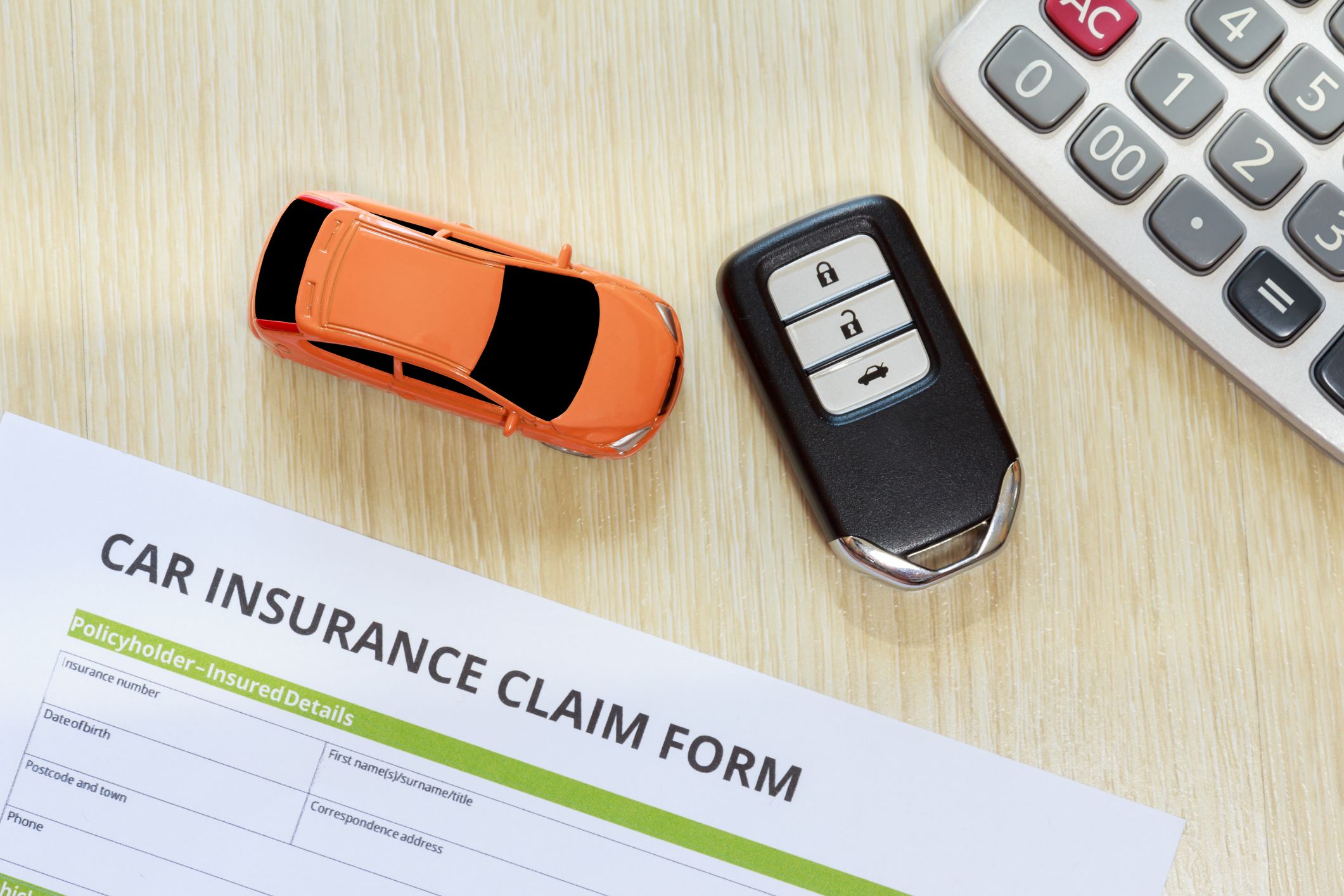
The rise of telematics and usage-based insurance (UBI) is transforming the industry. Many insurers now offer discounts based on driving behavior tracked through smartphone apps or in-car devices. These programs monitor factors such as speed, acceleration, braking, and mileage. Safe driving habits as measured by UBI programs can lead to significant premium reductions, sometimes as high as 30% or more. However, concerns about data privacy and the potential for discriminatory pricing based on driving patterns have also emerged.
As you consider options for cheap car insurance in San Antonio, keep an eye on these trends. Participating in telematics programs could not only save you money but also promote safer driving habits.
Conclusion
Finding cheap car insurance in San Antonio involves understanding your coverage, comparing rates, and leveraging available discounts. By following the strategies outlined in this guide, you can secure affordable car insurance that meets your needs without breaking the bank. Regularly reviewing your policy and shopping around can lead to substantial savings, ensuring you drive with confidence throughout the vibrant streets of San Antonio. With diligent research and a proactive approach, you can navigate the complexities of car insurance and achieve the best rates available.







